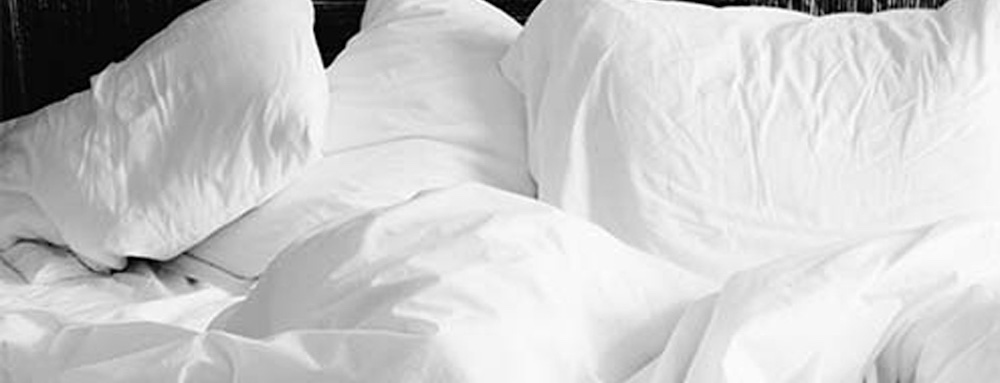
Ever thought the cost of bed sheets prohibitive? Well, spare a thought for American widow Ursula Cutt. When her politician husband was killed in New Hampshire in 1694, Ursula’s probate inventory valued her best pair of sheets (linen) at £3, while her best cows were only £2 each. Thanks to the very helpful Measuring Worth website we can calculate that one sheet set to around A$808 in today’s terms!
Many of us now tend to take our bed sheets for granted. Most (but not all) of the sheeting we buy is good quality and good value and easily replaceable. However, over the centuries, bed sheets were a luxury largely reserved for the elite because of the cost involved in producing the fabric.
The earliest sheeting was linen, produced from the stems of the flax plant which initially flourished in the Middle East. The early Egyptians customarily wrapped mummies with linen before laying them in tombs but they were also creating woven linens to cover their raised bed platforms.
As beds evolved, so did bedding cloths. The sheeting that we know today appeared around the mid-1800s when cotton processing became cheaper for mass production than linen.
And didn’t we take advantage of that! One Victorian England household manual recommended that people sleep in a bed where a brown sheet covers the bed’s metal springs; then a cotton-covered horsehair mattress; cotton-covered feather mattress; under blanket; under sheet; bottom sheet; top sheet; three or four blankets; cotton-covered eiderdown and pillow covers.
Over the 20th century, modern bedding changed substantially. Better production and washing techniques meant that modern bedding can be kept cleaner and is more durable than ever before.
But let’s not kid ourselves. In a world where sheeting can be made of cotton; rayon; polyester; silk; satin; bamboo; polypropylenes; as well as linen, there is no ‘one-wash-fits-all’ model that can do the job.
Sheeting is relatively cheaper than it was for our grandparents’ grandparents, but it isn’t something you want to have to replace every six months because it’s not standing up to your household laundering regime.
Why not send it to the experts at Ainslie Laundrette, where we will look at the fabric and gauge the variables needed for detergent, rinse cycle, and drying methods to not only leave your sheets crisp and clean but extend their lifespan.
